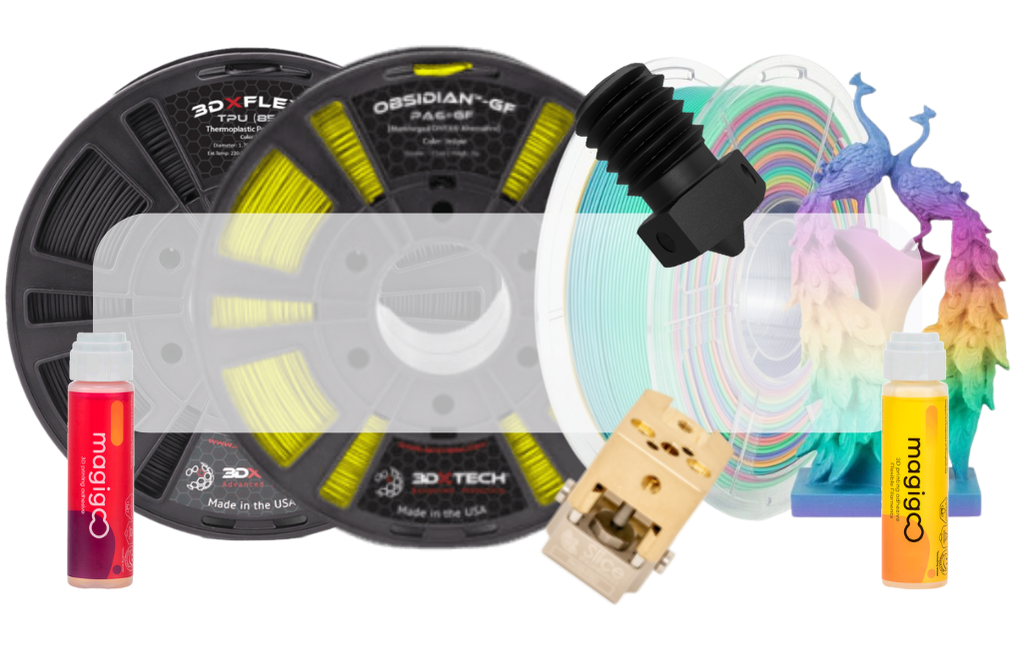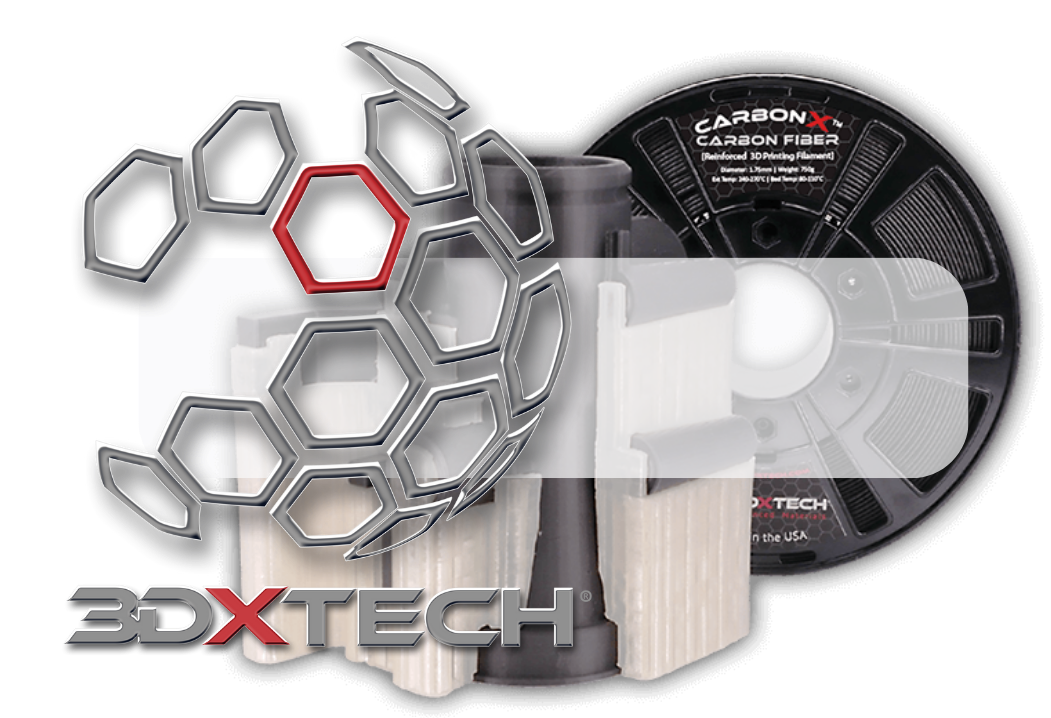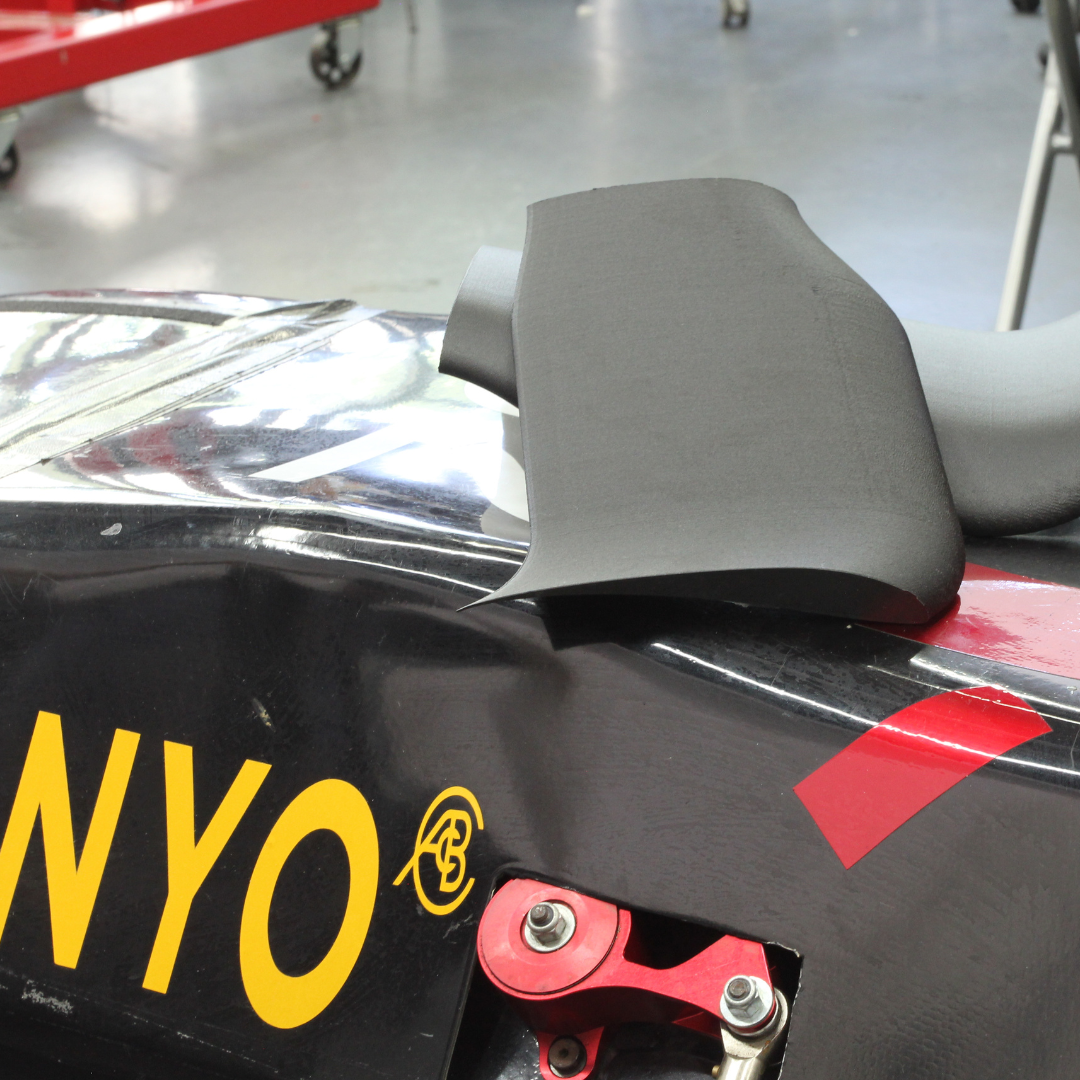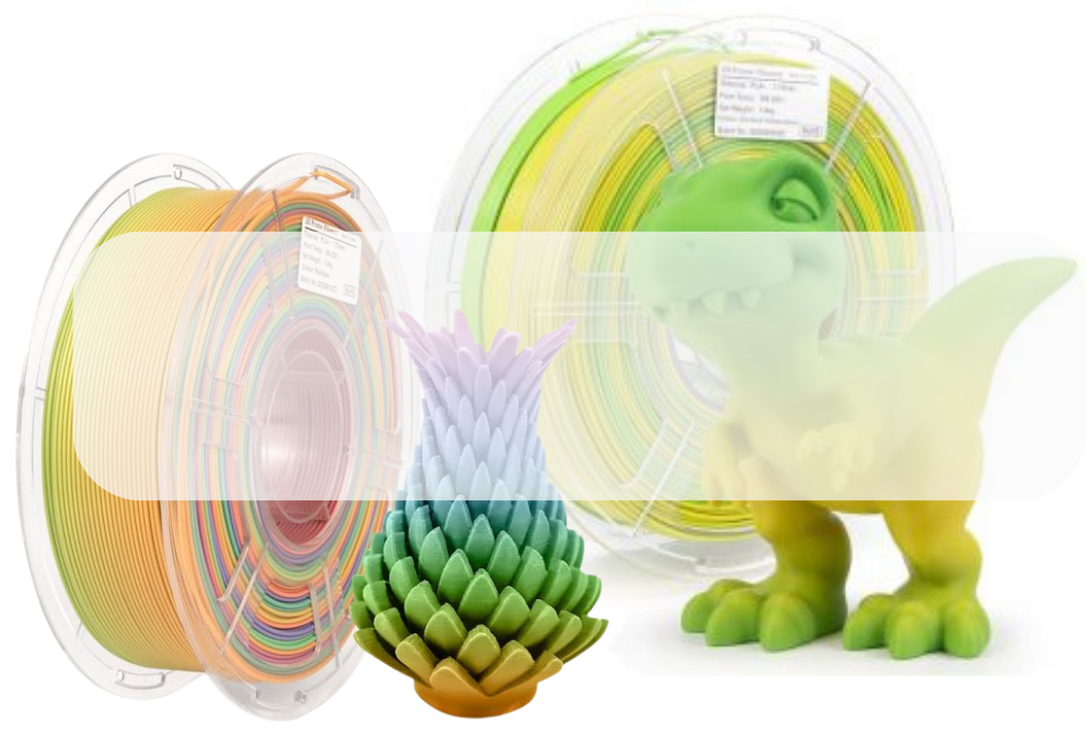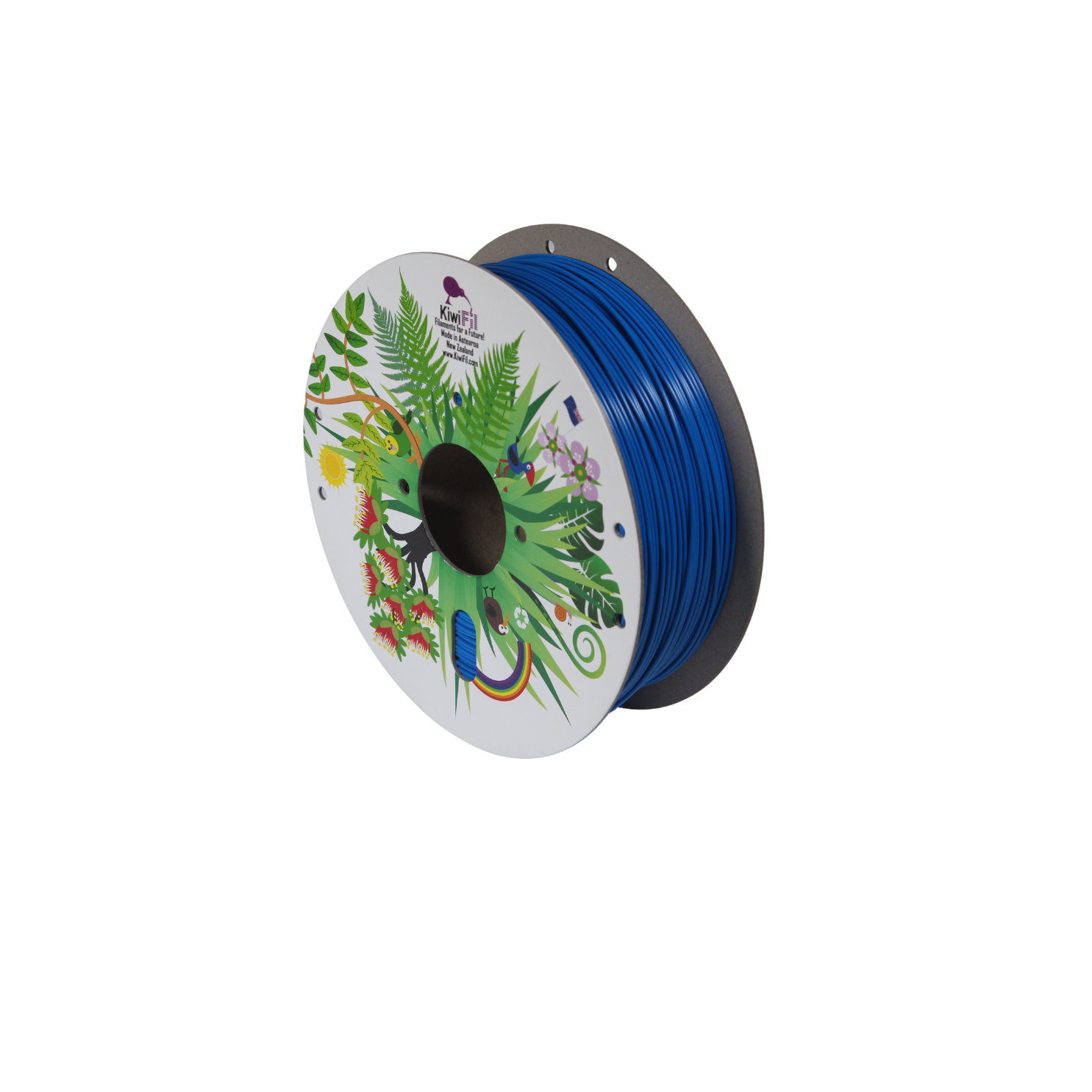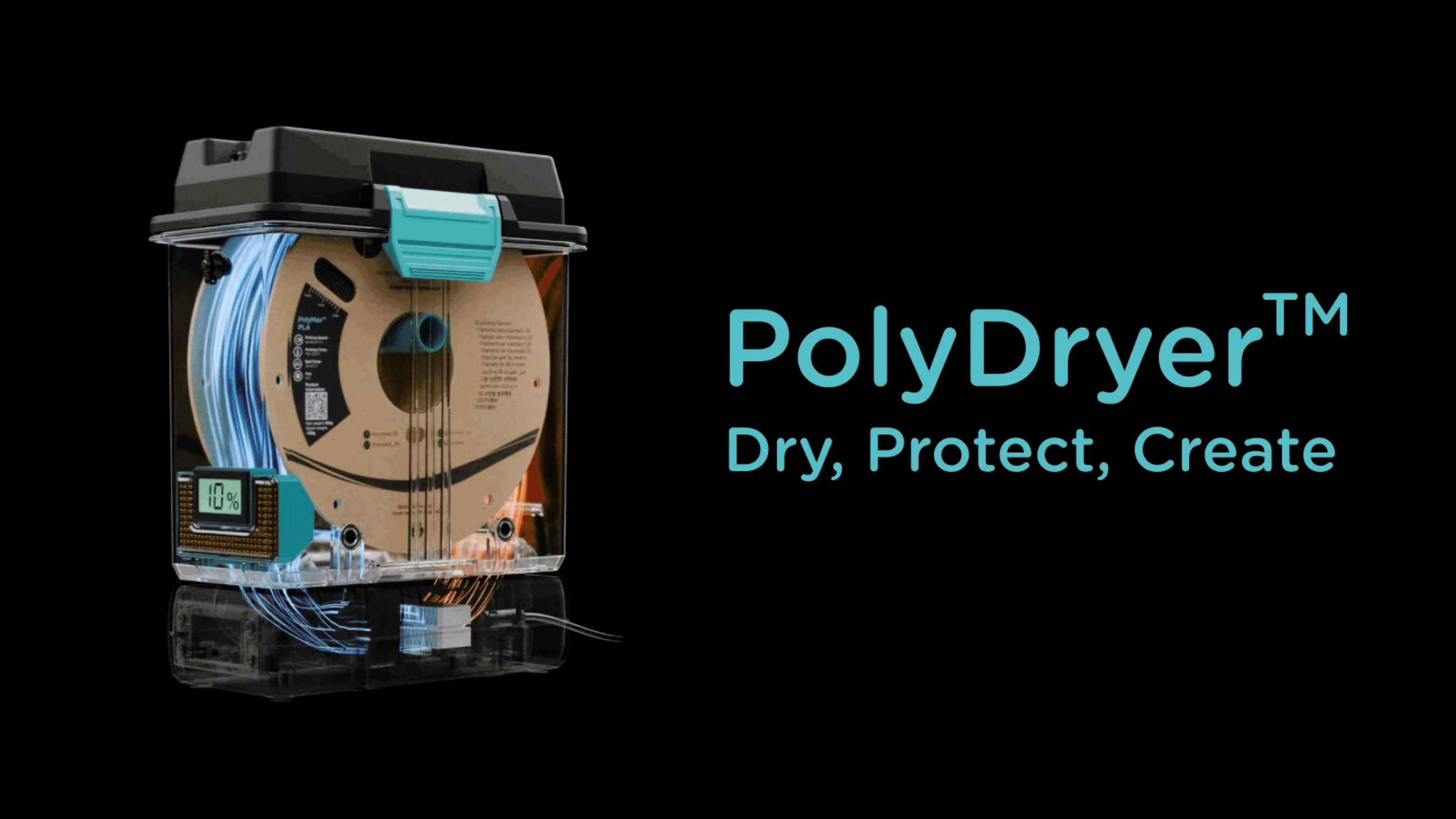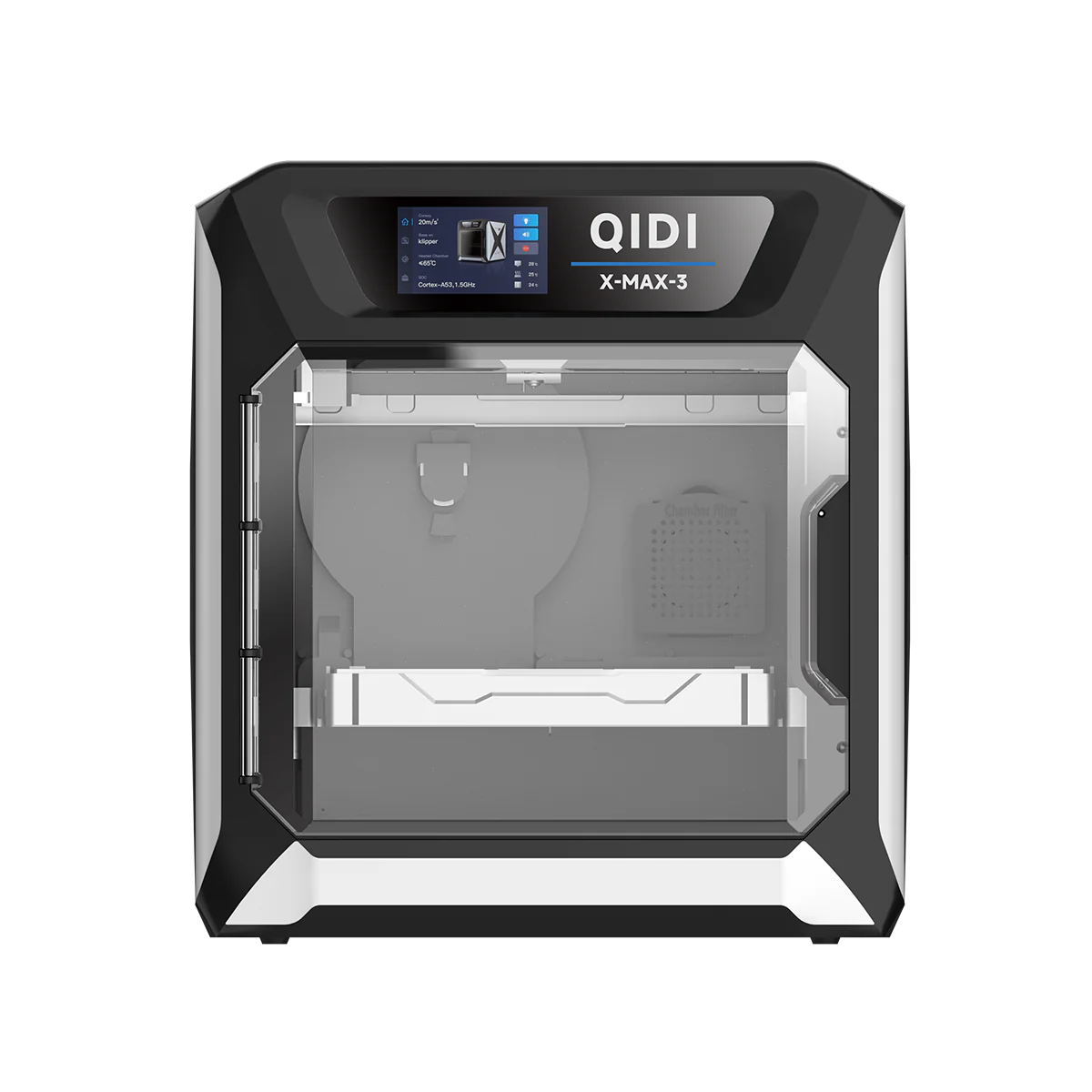New Local to NZ 100% Recycled rPETG now in stock from Kiwifil.
White rPETG 3D printing filament, 1 kg, 1.75 mm (±0.05 mm tolerance), made from 100% recycled plastic.
The raw material is local industrial scrap from the manufacturing of restaurant menu holders, store display cases, and similar products.
PETG prints almost as easy as PLA, but has a higher temperature resistance. PETG can take close to boiling water temperature without deforming. This means that you can use it for parts in your car, for example.
Made in New Zealand, including the all-cardboard spool, the box, the bag, the label, and the instruction card.
Recommended settings: Nozzle: 240-250°C. Bed: 70-85°C.
Key features
-
A high-end circular recycled PETG filament made from post-industrial waste
-
Easy to print
-
Nearly warp-free and perfect inter-layer adhesion
-
Good first layer adhesion to a heated glass print bed and many other surfaces
-
Odorless processing/printing
-
High toughness and dimensional stability +-.02% shrinkage
-
Good chemical resistance
>> Recycled plastic FAQ <<<
Why is the recycled plastic filament more expensive than the regular filament?
Recycling of plastic is very labour intensive.
The material has be sourced, picked up, sorted, cleaned, shredded, and re-melted. The extrusion process of shredded flakes is also more difficult than the extrusion process using perfectly sized virgin pellets. Products made from virgin material tend not to include these "end of life costs." However, closing the loop and minimizing our use of resources is important for a future on this planet, so we hope you are OK with paying a bit more for this recycled filament.
>> A few things to keep in mind when you print PETG <<
- PETG is almost as easy to print as PLA. It has low odour and doesn’t warp, but is more prone to stringing and may not give quite as perfect surface finish.
- PETG parts can handle higher temperature than PLA parts. PLA softens at around 60°C, while PETG can handle almost boiling water temperature without deforming.
- PETG is more sensitive to humidity than PLA. Store the spool in the plastic bag when you don’t use it, and keep the relative humidity in your printer room or printer enclosure below 45%.
- This particular PETG appears to have very good bed adhesion. If you don’t have a magnetic steel bed or similar bendable bed, print a small part first to make sure you can remove it easily before printing something large.
![iSANMATE High-Speed PLA 3D Printer Filament Rainbow 03 [Fairy Floss] 1kg roll](http://www.formtech.co.nz/cdn/shop/files/High-speed-PLA-Rainbow-1-600x600_70x.jpg?v=1713148368)
![iSANMATE High-Speed PLA 3D Printer Filament Rainbow 02 [Cotton Candy] 1kg roll](http://www.formtech.co.nz/cdn/shop/files/High-speed-PLA-Rainbow-02-2-600x600_70x.jpg?v=1713147902)


![iSANMATE High-Speed PLA 3D Printer Filament Rainbow 01 [Lollipop] 1kg roll](http://www.formtech.co.nz/cdn/shop/files/High-speed-PLA-Rainbow-01-1-600x600_70x.jpg?v=1713147615)


